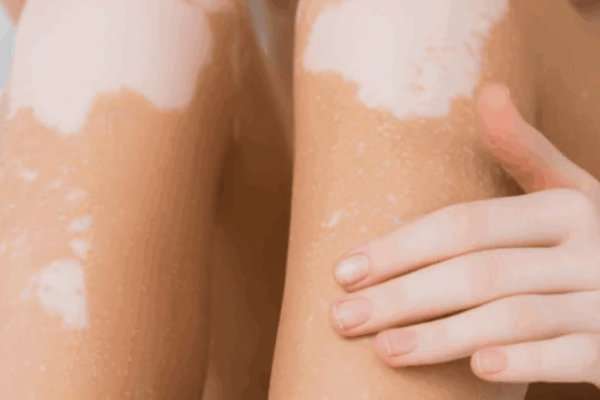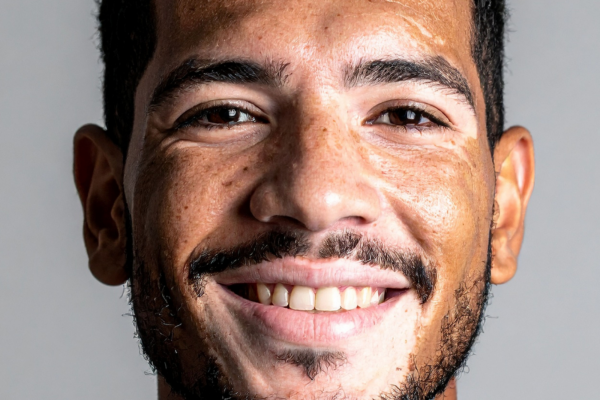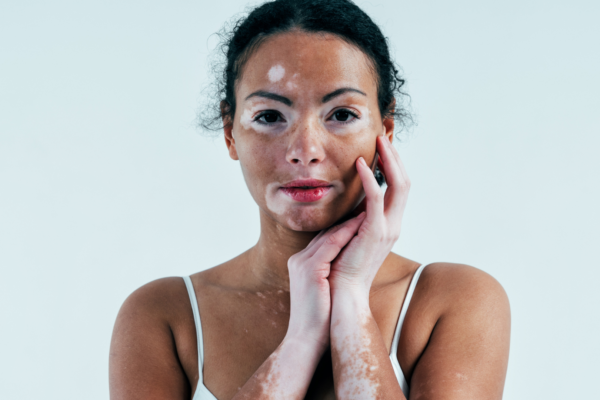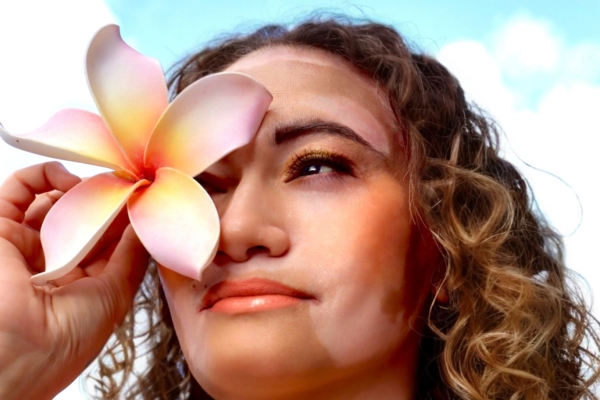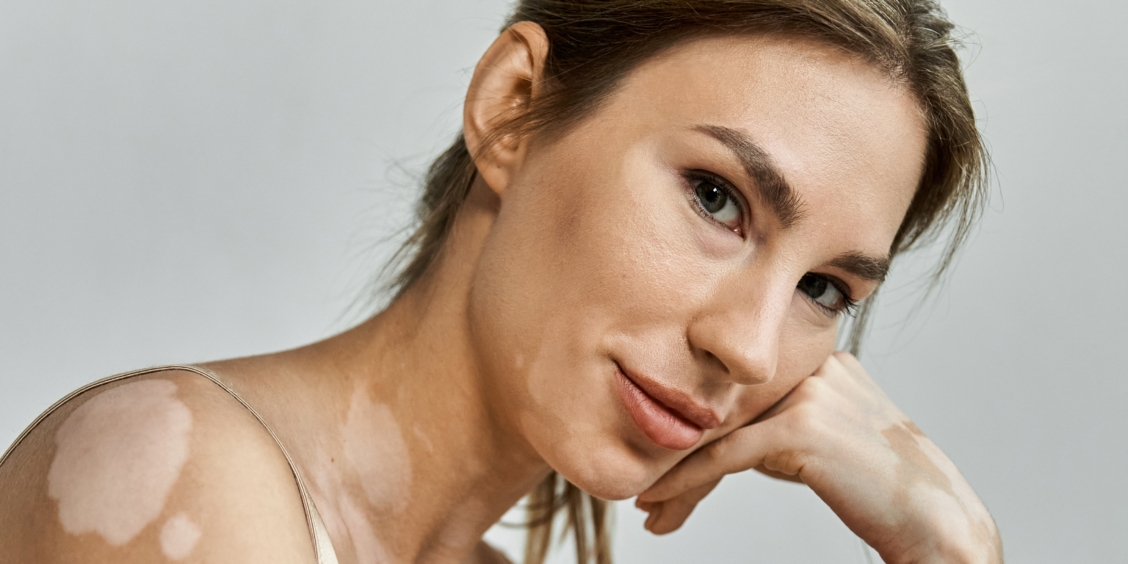As I write this, I am sitting in my garden topped up with factor 50 whilst enjoying the warm August weather. We’ve had some pretty hot days on record in the UK and it’s nice to be able to enjoy these moments and see the sun more like a friend than a foe, like I once did.
In recent months I’ve had a few people reach out to me expressing how the summer weather has heightened their anxiety because their patches naturally get darker in the sun. It’s a feeling I recognise and which always takes me back to my teen years when I avoided exposing my skin through fear of judgement. It got me thinking about how my confidence has grown over recent years and I’ve shifted my mindset to a more healthier outlook so below, I share some strategies I’ve learned over the years that might help you:
Keeping your skin safeLiving with vitiligo , we are especially vulnerable to sunburn because our white skin patches have no natural protection against the sun’s rays. Normal skin is protected by the skin pigment, melanin and the effect of the sun is to increase melanin production and to turn the skin brown to protect it from burning. This does not happen in vitiligo patches, where melanin is either absent or inactive. As a result, if vitiligo patches are not protected, they are likely to burn. The areas most at risk are those where the skin is thinnest, for example eyelids, nose, neck, and the backs of the hands. Not only is sunburn painful, but it has been known to stimulate the spread of vitiligo in some people. Sunburn may also increase the risk of skin cancer although there is research to suggest that vitiligo may be linked to some protection against melanoma.
However, it’s not often practical to avoid the sun completely, we all need some sunlight to keep healthy because it is our main source of Vitamin D. So you might want to spend short times in the morning or late afternoon outside when the sun is not so strong. With sensible precautions, vitiligo should not stop you from taking outdoor holidays in warmer climates but sunbathing on the beach may not be the best way to spend your time.
Be sure to use sunscreen with a factor of 50+ and reapply it regularly. There has been some discussion on our Facebook page about protective film for car and home windows. The rules from the Drive and Vehicle Licensing Authority (DVLA) in the UK are that if you have got tinted vehicle side windows, the front windscreen must let in at least 75% of light and the front side windows 70%. There are no rules for tinting windscreen or rear passenger windows. Police vehicle examiners use light measuring equipment to measure the degree of window tint. If your windscreen or windows are tinted too much you can get a prohibition notice or a fixed penalty notice. ARC UVCL (ARC Window Films) or Dermagard (Bonwyke) are both high in sun protection factor but please check the relevant websites for specific details. It is your responsibility to check that the film you purchase complies with regulations. The British Association of Dermatologists recommend clothing as the first and foremost safety tip to protect the skin from burning. In addition parasols and hats can be used to protect yourself. Details of UV protective clothing can be found on websites such as Sunsibility, Equatorsun or Coolibar. Sunsibility state that their products have a built in sun protection factor of 50 and block 97.5% of UV rays. Amazon also carry a selection of UV protective clothing. Finally be sure to get some vitamin D. Sunlight is our main source of this vitamin, which is important for keeping bones, teeth and muscles healthy, so we need to ensure if we are protecting our skin that we take supplements to avoid becoming deficient.
Confidence starts withinIf you’re like me you recognise the importance of external message, then positive affirmations and focusing on the things you love about yourself really helps with boosting your confidence. Over the past few years, in order to put my skin on the ‘back seat’, I’ve opened my mind to ways I can project confidence externally such as talking confidently about vitiligo when I’m asked questions, standing tall with good posture, staying connected with the community and feeling that sense of support and wearing clothes that make me feel good incorporating lots of colour and summary bold prints that always encourages compliments from others!
Getting activeI absolutely love yoga, going to the gym and keeping active. For me this has really helped increase my emotional wellbeing, reduce stress and the after feeling is very rewarding and satisfying. Finding time for exercise is important and it can be as simple as going for a casual walk mindfully or a light jog. Anything that helps release those wonderful endorphins!
Lastly, giving myself some grace and being kind to myself!There are some days when I feel great about myself and there are others when I simply want to hide away and not face the world. And that’s okay. Showing yourself an increased amount of self-love and self-compassion during those times and reminding yourself of the journey you’ve been on and how far you’ve come helps to bring back the realism of the difficult journey vitiligo can be. This can help with cultivating a sense of inner
peace and acceptance.







